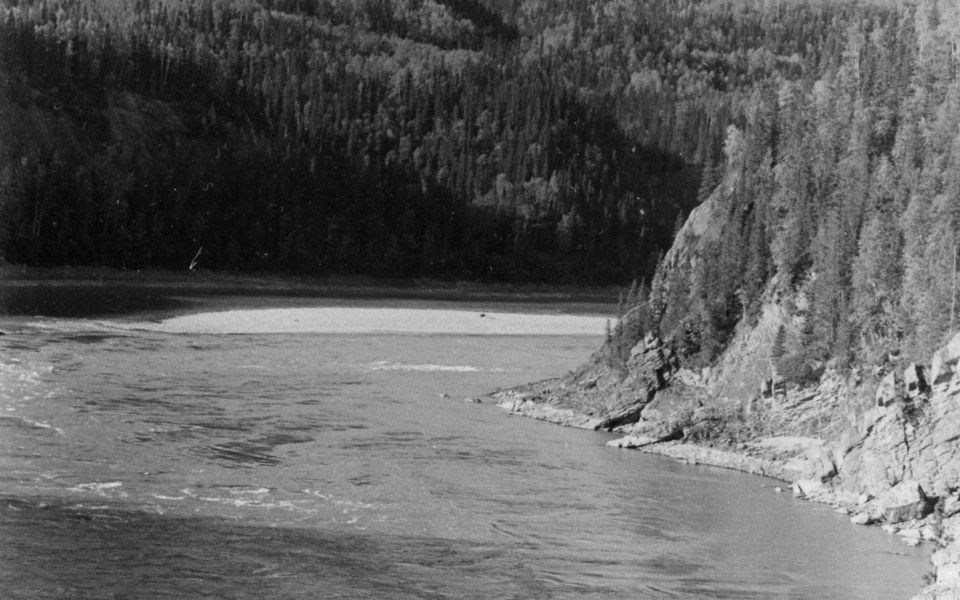With the beginning of the new year, we have been spending some time looking back at what 2018 brought to the museum (new records, new exhibits and many new donations of artifacts and archival materials) as well as looking forward to what lies ahead.
Each year January marks the beginning of our annual Speaker Series. We're very excited to start our 2019 series next Thursday, Jan. 17, with Highways of the Past: Canoeing the Grand Canyon of the Liard River.
In 1972 Mike Stein and five fellow adventurers filmed their journey on the Liard River, which flows 1,115 kilometres through parts of the Yukon, British Columbia and the Northwest Territories. Their trip focused on the Grand Canyon, a 30-km stretch of the Liard River containing numerous Class IV and higher rapids. For decades the resulting 16-millimetre film was thought lost, but recently Stein not only found a copy, but also had it digitized.
He will be at the Whistler Museum for the first screening of Highways of the Past and to discuss his own experiences before, during and after the trip.
While looking through a copy of Garibaldi's Whistler News published three years prior to the trip down the Liard River, I found an article written by another participant in the canoe trip, Jim McConkey. McConkey came to Whistler Mountain to take the position of ski director in the spring of 1968 and began writing instructional articles about ski techniques for the publication during his first season. In early 1969, Whistler Mountain received weeks of what he described as "beautiful, deep powder snow." This led to "Learning Powder Snow Technique," an article in which McConkey instructs skiers on the proper way to ski powder.
The article begins by defining true powder snow as "very light snow that flies out from underneath the skis, sometimes bellowing up over the skier's head." Once the skier found the right snow, they also had to ensure they had the right equipment, meaning flexible deep snow skis, with little camber and soft heels.
When the skier was ready to head for the hill, McConkey recommended starting with a long, gentle slope to practice the "continuous, flowing motion of linked turns straight down the hill" that is powder skiing. According to the article, there is no room for traversing a run on a powder day as "traversing like a cautious old woman is Taboo."
The article ends with hints that still hold up well today, such as "establish a rhythm," "keep your head and shoulders facing down the fall line," and "keep your feet locked together." Especially useful is McConkey's last reminder: "Be sure to laugh when you take a giant clobber in the deep snow. You will get your chance to laugh with your friends when they fall. Powder snow and clobbers too are for everyone."
We may not be able to promise weeks of powder skiing this January, but you can join us at the museum Jan. 17 for a unique look back at an incredible journey from 1972.
Tickets are on sale at the Whistler Museum; $10, or $5 for museum or Club Shred members. Doors open at 6:30 p.m., the talk and film will start at 7 p.m. See you there!




